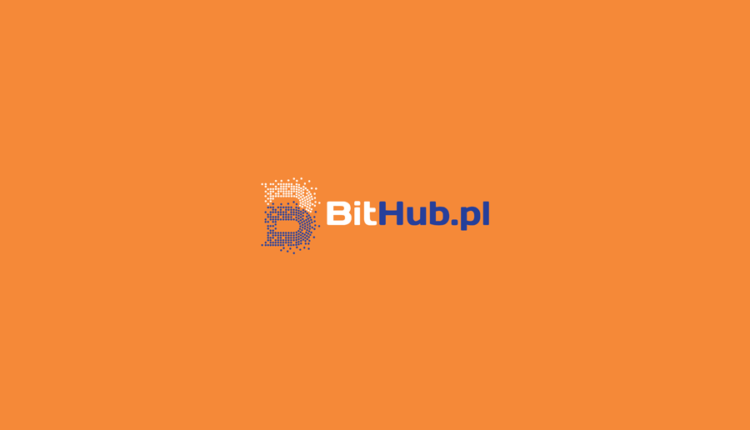
#SundayInterview. Blockchain competition to LinkedIn
We are building SpringRole from the ground up, keeping all stakeholders in mind. Users are fairly incentivized with SRT as are attesters, ultimately providing a highly useful and validated resource for recruiters and prospective employers – says Kartik Mandaville, CEO in SpringRole, in continuation of last week’s Bithub.pl’s #SundayInterview.
You claim to eliminate fraud from user profiles. What exactly do you have in mind: tweaked CVs, showing off more that you can deliver? How to you want to get rid of that?
Kartik Mandaville: Any system that relies on the network effect and on people endorsing each other is susceptible to fraud and will always have users trying to game the system. Keeping this in mind from the beginning of building the platform is important as it forces us to think of fraud and spam prevention from the ground up.
Some of the facets that actively prevent fraud on our platform are:
1. Endorsements are not free and cost tokens to endorse someone. This should eliminate one level of spam such as bogus endorsements.
2. The system naturally rewards people who have gained higher reputation by getting endorsements from a varied range of people.
3. Endorsements have little or negligible value if your score in a particular skillset is at or near the base level.
4. Scores are computed through your network so even if people co-ordinate to endorse each other, that network of people will be closed and not lead to skill score increase.
5. If your endorsements get rejected, then the cost of endorsement increases.
6. As your endorsements get rejected, the value of those endorsements also decrease.
7. A limit on the number of pending endorsements a person can make. This will be high enough to allow influencers on the platform to endorse many in their network in a short period of time.
8. Introducing certified examination providers like Coursera, Udacity will give more trust to the score.
While the above list of precautions are in no ways exhaustive, as the platform matures, we will be in a better position to see how the ecosystem develops and will make sure that SpringRole remains fair and transparent to all its users.
Are you playing on the employer’s or employee’s side? Or both maybe? What are the possible gains for each of the parties involved coming from your solution?
KM: Both. Before an employee is going to be hired, the employer has to just come to the system and pay to check the references and the validity of the resume of the potential hire. The platform keeps a part of the tokens and the rest goes to the candidate and the entity that attested the information presented. Hence employee reference checks, which typically take a long time to complete, can be done within the matter of a click.
So, to summarize:
1) The employer comes to the system and pays in fiat to check references and resume of the candidate.
2) Platform awards tokens to give to the candidate and the entities involved (university, previous employer, etc.) who attested the information presented.
3) The employee checks the reference instantly instead of being forced to wait (which is what normally happens).
The employer’s spend lot of money and time for verification of the profiles of shortlisted candidates. Once they have a attested at SpringRole verified profile there chance of getting hired increases significantly as it is easier for employers to trust them.
It’s the tokens tha play the fundamental role in your system.
KM: Yes. We plan to power the use of our platform with the Springrole Token (“SRT”). Each action is linked to SRT and can be used for various transactions on the platform.
What is the way to obtain tokens?
KM: There are several:
– Refer somebody (friend needs to accept, complete their profile and receive a certain number of endorsements).
– Refer a company (company needs to accept and complete a transaction).
– Get rewarded because of your endorsements based on the weight of the endorsement.
– The validator (can be a person attesting a skill, university attesting a degree, company attesting an employment) gets a fraction of the tokens in the ratio of their reputation.
– You complete your profile and get attestations.
– Work as a mediator in a freelancing project.
Do you think of yourselves on the next LinkedIn or LinkedIn on blockchain? How would you compare yourselves to this network and in what ways are you different, better?
KM: The value of a social network, like LinkedIn, comes from the people that use the network. The users of the network lend the value to the platform and without them the platform cannot thrive. Most platforms are free of charge for users and their only means of income is either revenue from advertisements or services built on top of user data collected.
It is worth keeping in mind that the users — who often spend time on the platform curating their profile and adding valuable content — receive almost no share of the monetary benefit, which instead accrues to the corporate sponsor (e.g., LinkedIn). Data that belongs to the user drives the value of the platform without the user being fairly rewarded. Moreover, since networks like LinkedIn deal with the professional profiles of businesses and individuals, incentivizing participation makes sense as it increases the value of the business and ultimately the platform.
We are building SpringRole from the ground up, keeping all stakeholders in mind. Users are fairly incentivized with SRT as are attesters, ultimately providing a highly useful and validated resource for recruiters and prospective employers, partners. By fairly incentivizing users, users are always the central focus of our effort.
Interviewed by Przemyslaw Cwik

